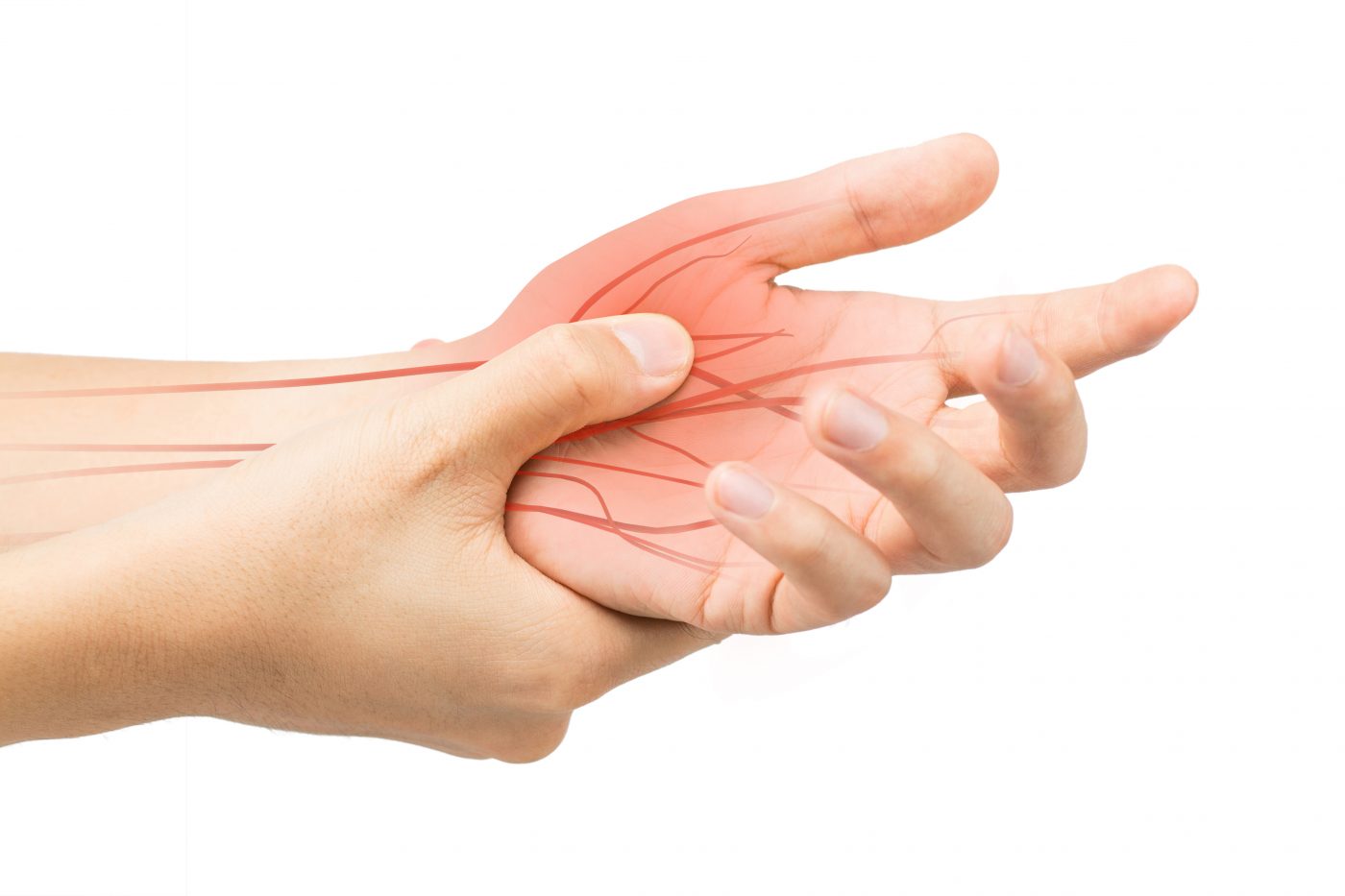Scleroderma Patients Have Stiffer Than Normal Hand Nerves, Researchers Find
Written by |

SoftSheep/Shutterstock
Scleroderma patients’ nerve-related hand problems, including numbness, tingling and pain, may stem from the main nerve to the hands becoming stiffer than normal, according to Turkish researchers.
The team discovered that the nerve was stiffer than usual at both the wrist and forearm. This prompted them to suggest that scientists need to explore whether scleroderma affects other nerves this way.
Their study, “Increased stiffness of median nerve in systemic sclerosis,” was published in the journal BMC Musculoskeletal Disorders.
Scientists know that scleroderma can affect nerves. But no studies have been done on how common this is, and whether nerve dysfunction is important in the disease.
One of the nerves that scleroderma can affect is the median nerve, which runs along the arm to the hand. If it gets compressed at the wrist, it can cause carpal tunnel syndrome, whose symptoms include numbness and tingling in the thumb and fingers.
Many researchers believe nerve compression is not the cause of scleroderma patients’ carpal tunnel syndrome, however. The Turkish scientists decided to try to shed more light on the subject.
The team from Kartal Research and Training Hospital and Marmara University Hospital recruited scleroderma patients, people with carpal tunnel syndrome not linked to scleroderma, and healthy controls for their study. They wanted to see if there were nerve differences between the groups.
The scleroderma patients had had their disorder an average of 5.7 years. Twenty-one of the 24 had Raynaud’s phenomenon and 12 digital ulcers. The hallmark of Raynaud’s is blood vessel constricting that causes coldness or numbness in fingers and toes. Digital ulcers are sores on fingers and toes.
Four of the study participants had carpal tunnel syndrome and three nerve damage.
Researchers used ultrasonography to visualize the participants’ nerves. They discovered that scleroderma patients’ nerves were of normal thickness. In contrast, nerves were abnormally thick in people without scleroderma who had carpal tunnel syndrome.
When the team used another method to explore nerve elasticity, however, it became clear that scleroderma patients had stiffer nerves than either healthy people or those with carpal tunnel syndrome.
The team also discovered a link between stiffness and poorer performance of the hand nerves that send signals to muscles. This would suggest that scleroderma patients’ other hand nerves could be stiffer than normal as well.
Researchers said their study was the first to show that many scleroderma patients have median nerve stiffness in both forearms and wrists. “The median nerve stiffness was also significantly higher than in patients with CTS [carpal tunnel syndrome],” the team wrote.
Research in a larger patient group should be done to confirm the findings, researchers said. Such a study could reveal how nerve changes contribute to scleroderma symptoms, they said.





